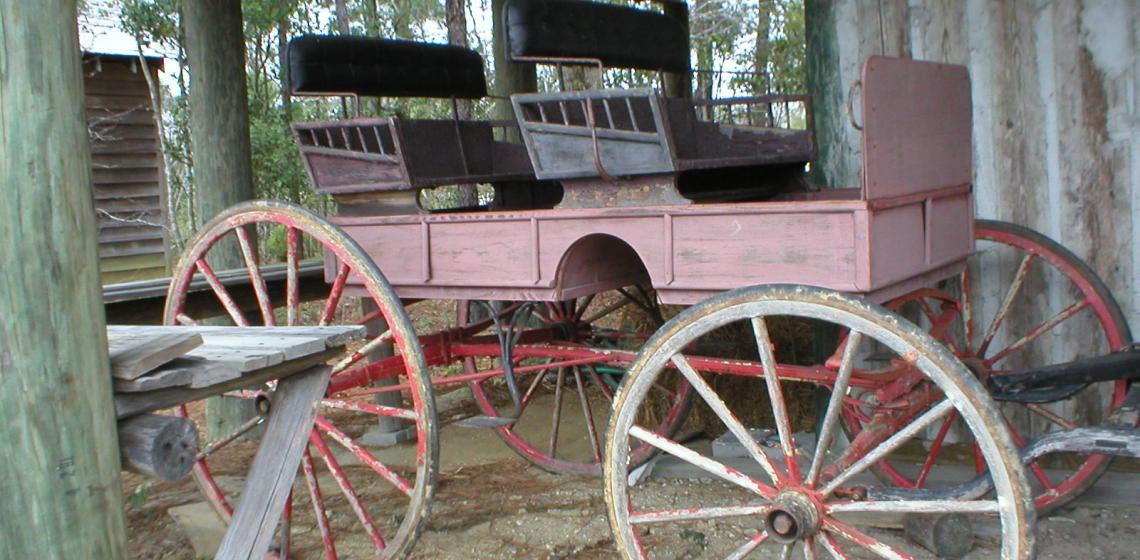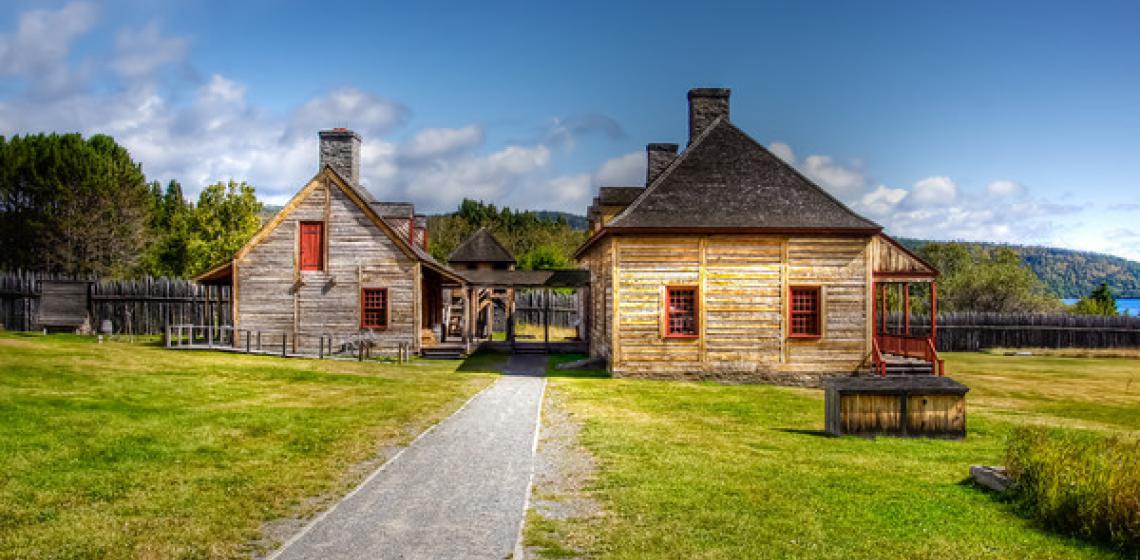Roper Mountain Science Center's Living History Farm (US)
The past comes alive at the Living History Farm. Authentic log cabins, corn cribs, a barn, a blacksmith shop, and a school have been reconstructed on the lower part of the 62-acre Roper Mountain site to demonstrate life in South Carolina's Upstate in the early 1800's.
The past comes alive at the Living History Farm. Authentic log cabins, corn cribs, a barn, a blacksmith shop, and a school have been reconstructed on the lower part of the 62-acre Roper Mountain site to demonstrate life in South Carolina's Upstate in the early 1800's.









